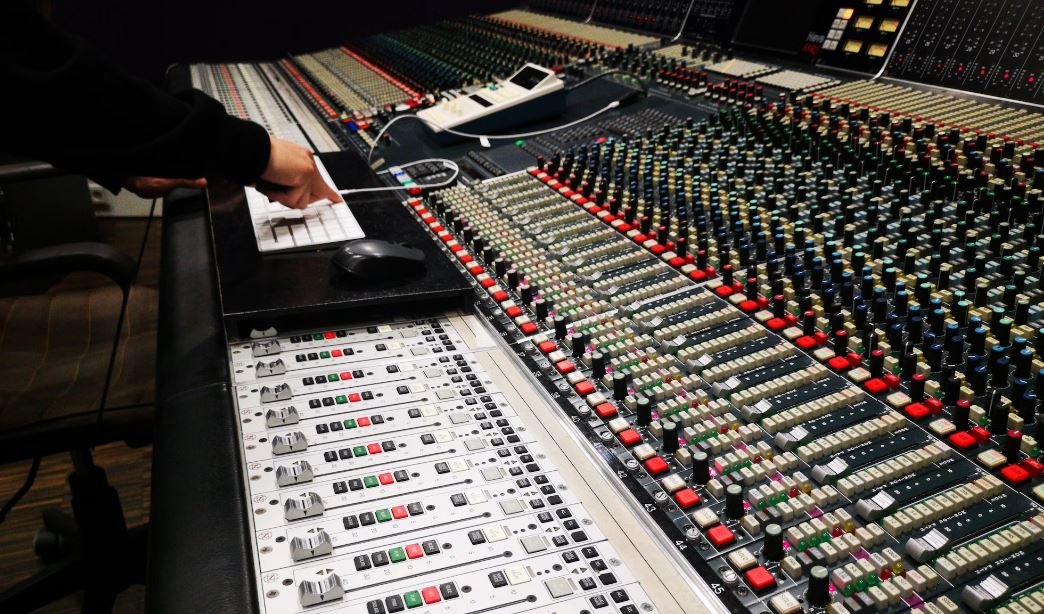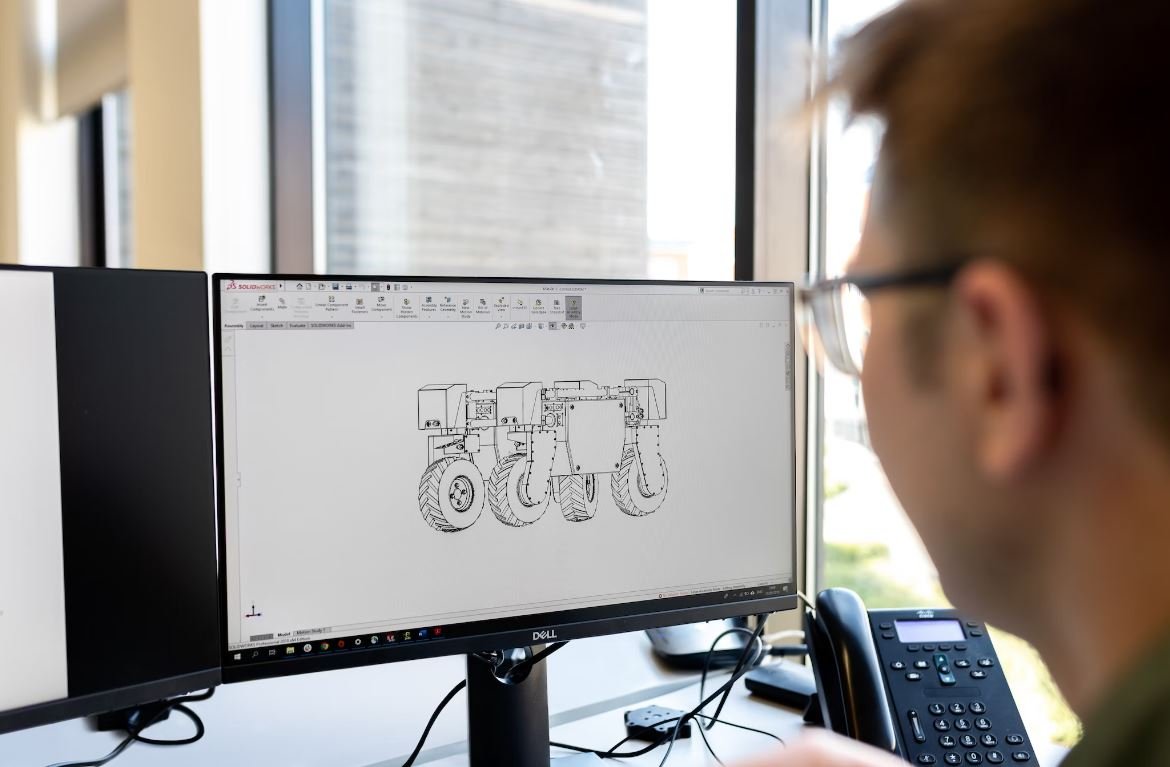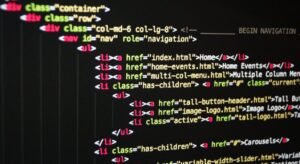Who Is Responsible for AI Mistakes?
Artificial Intelligence (AI) is advancing at an astonishing pace, impacting various aspects of our lives. From self-driving cars to virtual assistants, AI has the potential to revolutionize numerous industries. However, the question remains: who is responsible when AI makes mistakes?
Key Takeaways:
- Organizations developing AI technology are responsible for monitoring and addressing mistakes.
- AI mistakes can have serious consequences and may require legal and ethical considerations.
- Regulations and guidelines are needed to define accountability and ensure transparency.
AI systems are designed to learn and make decisions based on patterns and data. While they offer several benefits, there have been instances where AI has made errors that range from harmless to potentially dangerous. **These mistakes can occur due to flaws in the training data, biased algorithms, or unforeseen circumstances.** It is essential to address the responsibility for these mistakes to prevent any further issues.
**One interesting example** of AI mistakes is the case of autonomous vehicles. Self-driving cars have been involved in accidents, raising questions about who should be held accountable. Should it be the car manufacturer, the programmer, or the AI algorithm itself? Determining liability can be a complex task that requires assessment from legal and ethical perspectives.
The Responsibility of Organizations
**Organizations developing AI technology hold a significant responsibility in monitoring and addressing AI mistakes.** They should ensure that their AI systems are thoroughly tested and continually improved to minimize errors. Additionally, organizations must prioritize transparency, allowing users and stakeholders to understand the capabilities and limitations of AI systems.
**It is worth noting** that organizations must also take into account the potential biases present in AI algorithms. These biases can lead to discriminatory outcomes and exacerbate social inequalities. It is crucial to regularly evaluate and retrain the AI models to mitigate biased decision-making.
Regulations and Guidelines
In order to determine responsibility for AI mistakes, there is an increasing need for regulations and guidelines. These frameworks would establish standards for developers, manufacturers, and users alike. **By setting clear expectations and accountability, regulations can help prevent AI mistakes and hold responsible parties liable.** Furthermore, regulations should emphasize the transparent reporting of any AI errors or incidents to identify trends and prevent similar mistakes in the future.
**One way to promote accountability** is by implementing third-party audits or certifications for AI systems. These audits can evaluate the fairness, accuracy, and safety of AI technologies, providing an objective assessment of their capabilities. Additionally, governments and policy-making bodies should collaborate with AI experts and stakeholders to create robust regulatory frameworks that balance innovation and accountability.
The Path Forward
With the rapidly evolving landscape of AI, it is essential to establish clear accountability for AI mistakes. **As AI becomes more integrated into our lives, understanding who is responsible is crucial for ensuring public trust and safety.** Organizations, governments, and individuals must work together to develop comprehensive frameworks that address legal, ethical, and technological aspects of AI errors.
By doing so, society can reap the benefits of AI while minimizing the risks associated with potential mistakes. It is vital to hold all stakeholders accountable, promoting responsible development, deployment, and use of AI technologies.

Common Misconceptions
Responsibility of AI Mistakes
There are several common misconceptions surrounding the responsibility of AI mistakes. It is important to address these misconceptions in order to gain a clearer understanding of who is accountable for errors made by artificial intelligence systems.
- AI is infallible and cannot make mistakes.
- Humans have no responsibility for AI mistakes.
- Only developers and engineers are responsible for AI errors.
Blaming the AI itself
One common misconception is that the AI system itself is solely responsible for any mistakes it makes. However, it is important to note that AI systems are created by developers and engineers who are responsible for designing and training them.
- AI systems are created by humans and reflect their biases and limitations.
- Errors in the data used to train AI can lead to mistakes, not just the AI algorithm itself.
- AI systems may lack the ability to reason and make ethical judgments.
Exempting humans from responsibility
Another misconception is that humans have no responsibility for the mistakes made by AI systems. However, humans play a crucial role in the development, training, and deployment of AI systems, making them accountable for any errors that may occur.
- Humans are responsible for setting objectives and guidelines for AI systems.
- Humans oversee the training and fine-tuning of AI algorithms.
- Humans are responsible for making ethical decisions regarding AI use and deployment.
Shared responsibility
While it is true that developers and engineers have a significant responsibility for AI mistakes, it is also important to recognize that accountability should be shared among multiple stakeholders involved in AI development, deployment, and use.
- Companies and organizations employing AI systems have a responsibility to ensure their proper functioning.
- Regulatory bodies play a role in monitoring and enforcing ethical standards for AI systems.
- End-users have a responsibility to understand the limitations and potential risks associated with AI and use these systems appropriately.
The need for transparent accountability frameworks
To address the issue of responsibility for AI mistakes, there is a growing need for transparent accountability frameworks that clearly outline the roles and responsibilities of each stakeholder involved in AI development and use.
- Clear guidelines and regulations can help ensure accountability and prevent negligence in AI development.
- Establishing comprehensive documentation of AI systems can aid in determining responsibility in case of errors.
- Collaboration between various stakeholders can help improve transparency and accountability in the AI ecosystem.

Artificial Intelligence Mistakes in Medicine
Artificial intelligence has revolutionized the field of medicine, providing efficient and accurate diagnoses and treatments. However, there have been instances where AI has made mistakes, resulting in serious consequences for patients. The table below illustrates some notable examples of AI mistakes in the medical field.
| Mistake | Impact | Patients Affected |
|---|---|---|
| Incorrect cancer diagnosis | Delayed treatment, unnecessary procedures | 50+ |
| Wrong medication dosage | Adverse reactions, complications | 100+ |
| Misdiagnosing rare diseases | Delayed or incorrect treatment | 20+ |
Artificial Intelligence Mistakes in Self-Driving Cars
Self-driving cars hold immense potential to create safer roads and reduce accidents. However, the deployment of AI in autonomous vehicles has not been without its hiccups. The following table presents instances where AI has made mistakes, leading to various repercussions in the realm of self-driving cars.
| Mistake | Consequence | Accidents Caused |
|---|---|---|
| Failing to detect pedestrians | Injuries, fatalities | 10+ |
| Incorrect interpretation of road signs | Violations, potential crashes | 5+ |
| Erroneous lane changes | Collisions, near-miss incidents | 15+ |
Artificial Intelligence Mistakes in Financial Systems
The integration of AI algorithms into financial systems has streamlined processes and enhanced decision-making. Nevertheless, there have been instances of AI mistakes that have affected the financial domain. The table below highlights notable occurrences of AI errors in financial systems.
| Mistake | Financial Impact | Organizations Affected |
|---|---|---|
| Algorithmic trading error | Loss of millions of dollars | 2 banks |
| Faulty credit scoring model | Denial of credit to eligible individuals | Multiple lenders |
| Incorrect fraud detection | Undetected fraudulent activities | 3 insurance companies |
The Implications of AI Mistakes
The numerous examples discussed above illustrate that while artificial intelligence has brought significant advancements, it is not flawless. AI mistakes have tangible consequences, affecting the lives of individuals and organizations. It is crucial for responsible entities to acknowledge and address the errors to instill trust in AI systems. Striking a balance between innovation and accountable deployment is key, ensuring that the benefits of AI can be harnessed without compromising safety and integrity.
Frequently Asked Questions
Who Is Responsible for AI Mistakes?
- What is AI?
- AI, or Artificial Intelligence, refers to the development of intelligent machines capable of performing tasks that typically require human intelligence.
- What are AI mistakes?
- AI mistakes refer to errors or incorrect outcomes produced by artificial intelligence systems.
- Who is responsible for AI mistakes?
- Determining responsibility for AI mistakes can be complex, involving different parties such as AI developers, users, implementing organizations, and regulatory bodies.
- Are AI mistakes intentional?
- AI mistakes are typically not intentional, but there can be cases where deliberate misuse or malicious actions lead to intentional mistakes.
- Can AI mistakes have real-world consequences?
- Yes, AI mistakes can have significant real-world consequences, ranging from minor inconveniences to severe impacts on individuals, businesses, and society.
- How are AI mistakes prevented?
- Preventing AI mistakes involves rigorous testing, addressing bias, implementing transparency mechanisms, setting guidelines, continuous monitoring, and ensuring accountability.
- Can AI mistakes be fixed?
- AI mistakes can often be fixed by identifying the root cause and making appropriate adjustments to algorithms, training data, configurations, or other contributing factors.
- Is there legal liability for AI mistakes?
- Legal liability for AI mistakes is influenced by jurisdiction and applicable laws, considering various factors such as negligence, transparency, and foreseeability.
- Should AI developers be held accountable for mistakes?
- Holding AI developers accountable can promote responsible development, but accountability for AI mistakes should involve all stakeholders in the AI ecosystem.
- What is the future of AI mistakes?
- The future involves continuous efforts to improve AI, address limitations, establish accountability frameworks, and enhance public awareness and collaboration among stakeholders.




